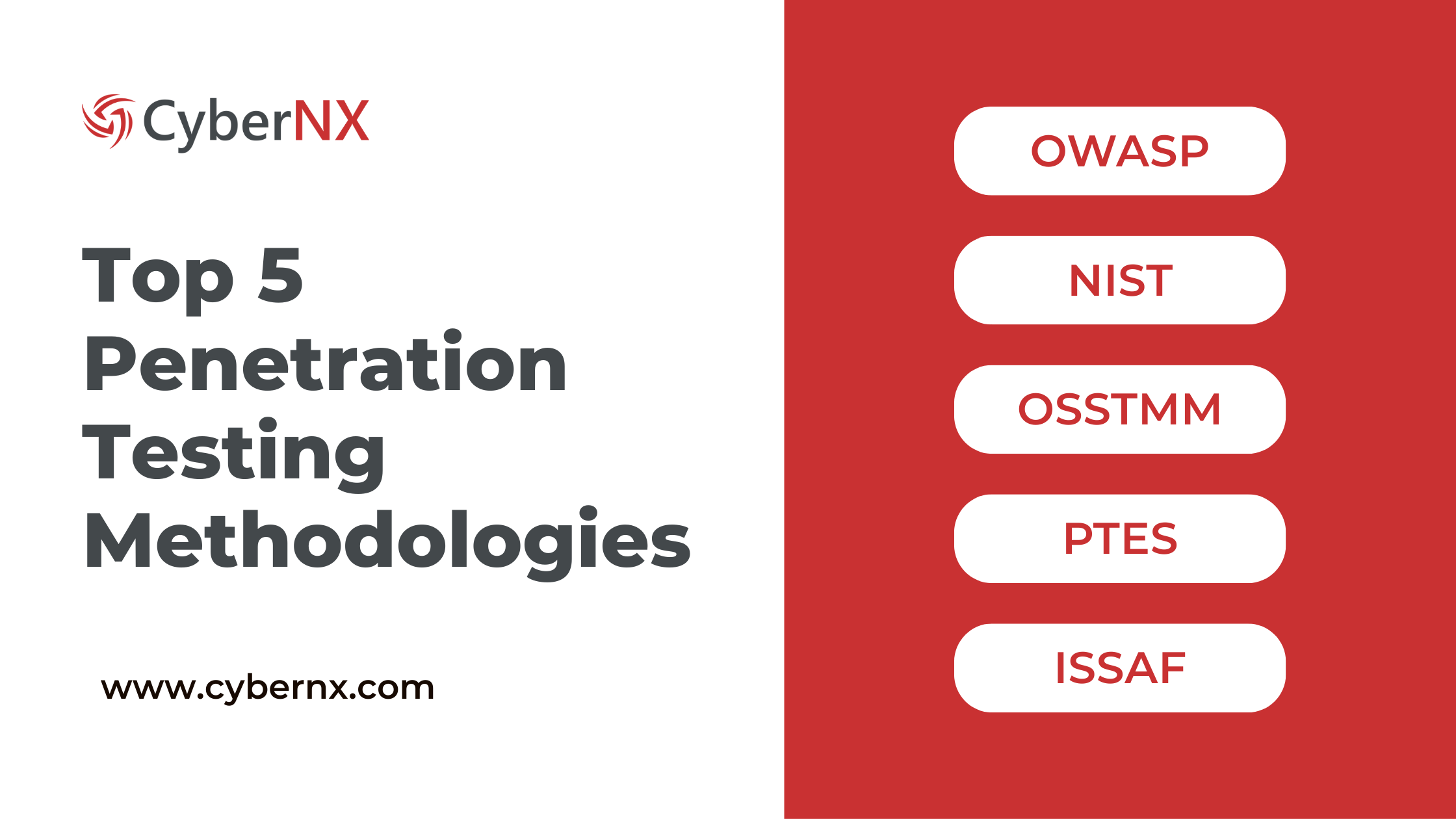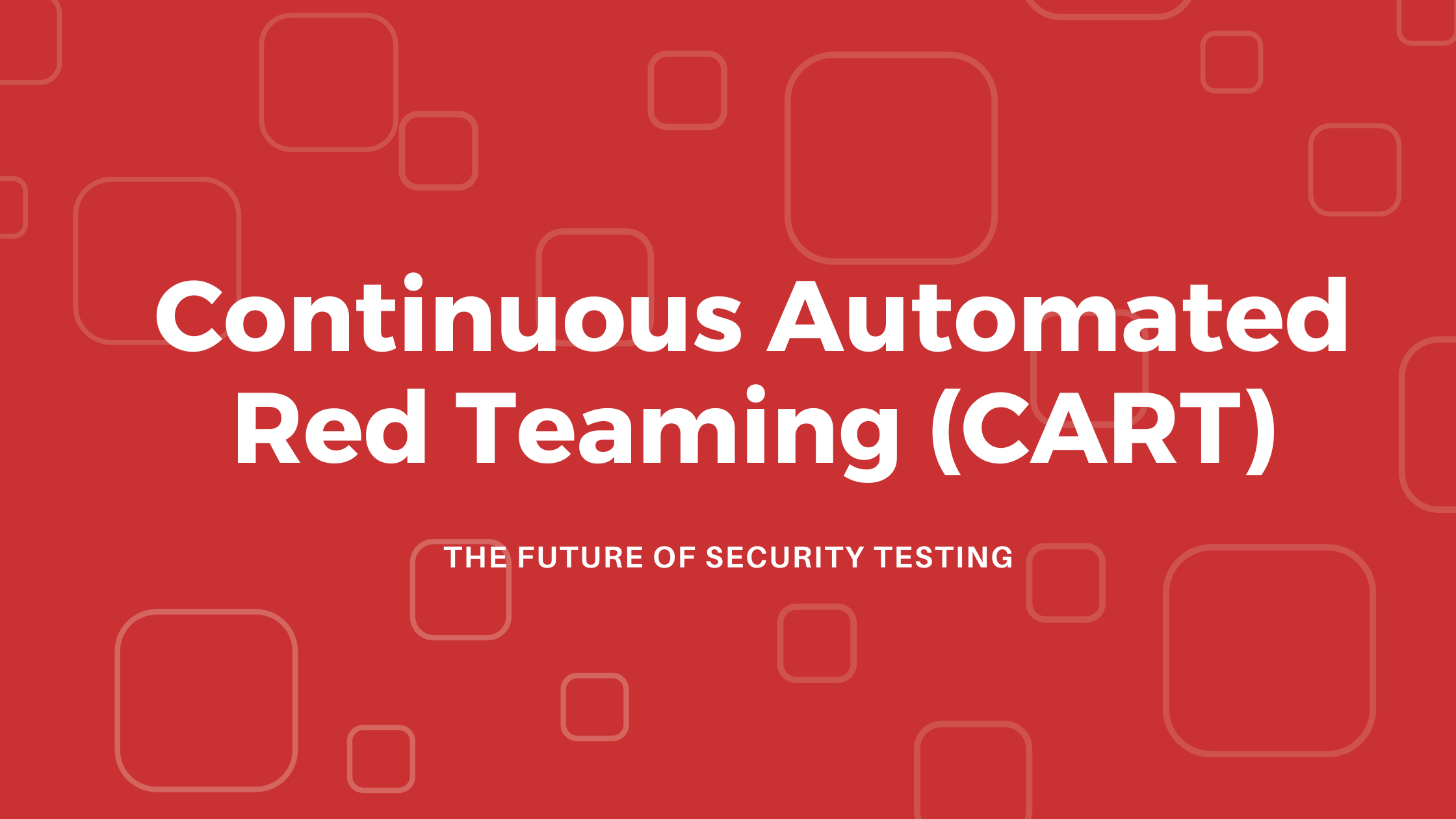Cybersecurity is a continuous battle, not a one-time fix. In today’s complex digital world, threats are constantly evolving, becoming more sophisticated, and slipping past traditional defenses. That’s where breach attack simulation tools (BAS tools) come in. They empower you to proactively identify vulnerabilities and strengthen your defenses before attackers strike. But with a growing number of BAS solutions on the market, choosing the right one can be daunting.
Our blog outlines the top 10 criteria to consider, ensuring you select the best tool for your organization’s unique needs. These criteria are essential for maximizing the effectiveness of your BAS strategy and getting the most value from your investment.
Top 10 Criteria to Evaluate Breach and Attack Simulation Tools
Let’s dive into the top 10 criteria to consider when evaluating breach attack simulation tools:
1. Threat Simulation Across the Full Attack Lifecycle
A comprehensive Breach and Attack Simulation tool should simulate attacks across the entire kill chain, mimicking real-world adversary behavior. This includes:
- Pre-compromise attacks: These simulate initial attack stages like phishing, reconnaissance, and vulnerability scanning.
- Post-compromise attacks: These replicate actions taken after a system is compromised, such as lateral movement, data exfiltration, and ransomware deployment.
- Attack campaigns: The ability to simulate complex, multi-stage attacks is critical for understanding how attackers combine different techniques to achieve their objectives.
- Consistency and safety: Simulations must be consistent and reliable, providing repeatable results. Crucially, they must be safe and not disrupt business operations.
2. Up-to-date Against Current and Emerging Threats
The cyber threat landscape is in constant flux. Your Breach Attack Simulation tool must stay current.
- Continuous threat library updates: Regular updates to the threat library are essential to ensure simulations reflect the latest attack techniques.
- Rapid inclusion of new threats: The tool should quickly incorporate new and emerging threats to maintain relevance.
- Content access considerations: Be aware of any potential premium charges for early access to the latest threat content.
3. Validation of Enterprise Security Controls
A core function of BAS is to assess the effectiveness of your existing security controls.
- Integration with security controls: Seamless integration with various security technologies, including firewalls, intrusion detection/prevention systems (IDS/IPS), SIEM, endpoint protection, and cloud security platforms.
- Validation across the infrastructure: The ability to test across your entire security infrastructure, encompassing network, endpoints, applications (web and mobile), and cloud environments.
- Integration with prevention/detection: Smooth integration with your prevention and detection tools to automate responses and improve incident response.
4. Direct and Actionable Mitigation Insights
Identifying vulnerabilities is only the first step. The tool should provide clear guidance on how to fix them.
- Gap identification: Clearly pinpointing weaknesses in your security posture.
- Actionable remediation: Providing specific, step-by-step instructions for remediation.
- Swift remediation: Facilitating rapid and effective remediation to minimize your attack surface.
5. Detection Rule Validation
Effective detection rules are crucial for minimizing false positives and quickly identifying real threats.
- Importance of detection rules: Understanding the critical role of well-tuned detection rules in effective threat detection.
- BAS for validation: Using BAS to rigorously test and validate the performance of your detection rules.
- Fine-tuning for effectiveness: The ability to fine-tune detection rules based on BAS results to optimize their accuracy and efficiency.
6. Threat Customization
Every organization faces a unique threat landscape. Your BAS tool should allow for customization.
- Tailored threat prioritization: Prioritizing threats based on your organization’s specific industry, risk profile, and threat intelligence.
- Custom simulation creation: The ability to create custom attack simulations based on your specific threat profile.
- Attack payload testing: Testing with specific attack payloads and malware samples that are relevant to your organization.
7. Continuous and Automated Simulation
Continuous security testing is essential for maintaining a strong security posture over time.
- Ongoing automation: Automated, ongoing simulations enable regular and consistent testing without manual intervention.
- Security control assessment: Regularly assessing the impact of changes to your security controls (e.g., adding, removing, or modifying them).
- Operator intervention: The level of automation should allow for testing without constant manual intervention, but also provide options for manual control and targeted simulations.
8. Real-Time and Customized Reporting
Clear, concise, and actionable reporting is essential for communicating security insights to various stakeholders.
- Comprehensive reports: Generating customizable reports tailored for different audiences, from technical teams to executive management.
- Key metrics: Tracking and reporting on essential metrics like overall security score, detection rate, mean time to detect (MTTD), and compliance data.
- Real-time data: Providing real-time data and trend statistics to enable continuous monitoring and assessment.
9. Mapping to MITRE ATT&CK and Other Frameworks
Mapping to industry-standard frameworks provides valuable context and helps align your security efforts with best practices.
- Automated mapping: Automated mapping to the MITRE ATT&CK framework allows you to see how your defenses stack up against known adversary tactics and techniques.
- Visual heatmaps: Visualizing your security posture against adversary techniques using heatmaps provides a clear and concise overview of your strengths and weaknesses.
- Framework mapping: Mapping simulated threats and identified gaps to other relevant frameworks (e.g., NIST Cybersecurity Framework) can help you demonstrate compliance and improve your overall security posture.
10. Ease of Use and Ease of Deployment
A user-friendly tool that integrates seamlessly with your existing infrastructure is essential for successful adoption and ongoing use.
- Simple interface: An intuitive and user-friendly interface simplifies navigation and management, reducing the learning curve for your security team.
- Complexity avoidance: The tool should avoid unnecessary complexity and minimize the additional workload for your security team.
- Easy deployment: Simple and efficient deployment on your existing infrastructure, whether cloud-based or on-premises.
- Environment support: Supporting both cloud and on-premises environments provides flexibility and allows you to test all aspects of your infrastructure.
Making the Right Choice: Beyond the Top 10
While these top 10 criteria provide a solid foundation for evaluating BAS tools, the “best” tool ultimately depends on your specific needs and priorities. Are you most concerned about advanced persistent threats (APTs)? Is ease of use a top priority for your team? What’s your budget? Answering these questions will help you narrow down your options and make the most informed decision.
Explore the Leading BAS Solutions
To get a better understanding of the tools available on the market, we recommend exploring our comprehensive guide to the Best Breach Attack Simulation Tools for 2025. This resource provides in-depth reviews and comparisons of leading BAS platforms, helping you identify potential solutions that align with your requirements.
Ready to Take Control of Your Cybersecurity?
Don’t wait until you’re the victim of a cyberattack. Proactive security testing is essential in today’s threat landscape. Start exploring Breach and Attack Simulation tools (BAS Tools) today and strengthen your defenses. Need help navigating the options and choosing the right solution for your organization? Contact our team of cybersecurity experts for a free consultation. We’re here to help you build a more resilient security posture.



